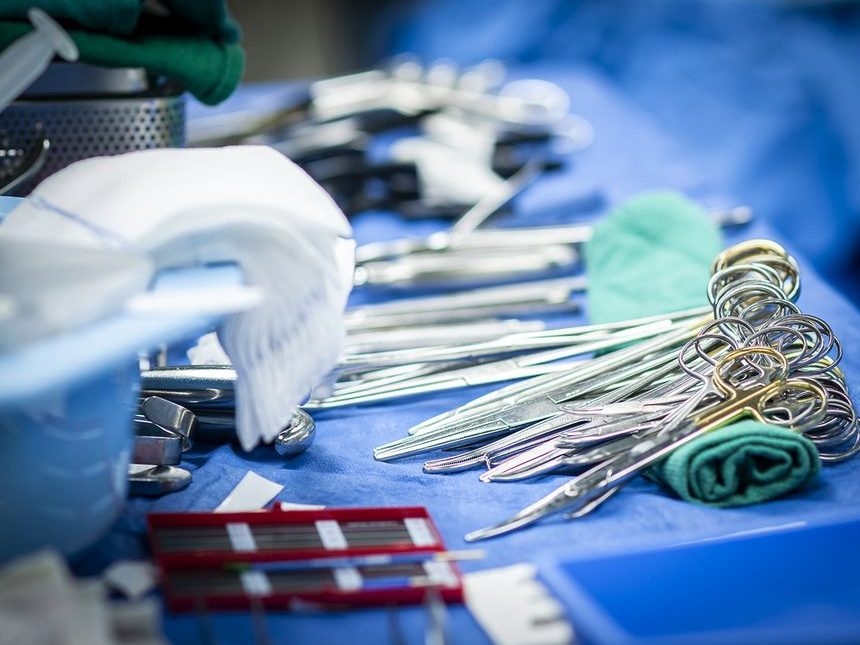craig: canadians are dying while they wait for surgery
if you're concerned about the state of health care in canada, try asking your local provincial politician a simple question – how many patients died last year in your province while waiting for surgery?many
many other health bodies don't have the info or it was incomplete.in ontario, the government indicated that 1,096 patients died last year while waiting for surgery and 6,491 patients died while waiting for mri and ct scans.
atlantic province shared extensive data and noted 51 patients died last year while waiting for surgeries which could have potentially saved their lives.
ontario health provided data to secondstreet.org that shows in fiscal year 2015-16, there were 944 patients that died while waiting for ct scans.
shift: sick or not sick, diagnostic backlogs have us all on the edge
there are thousands of canadians whose diagnoses have turned deadly because of backlogs in our healthcare system.
 3 minute read
3 minute read








